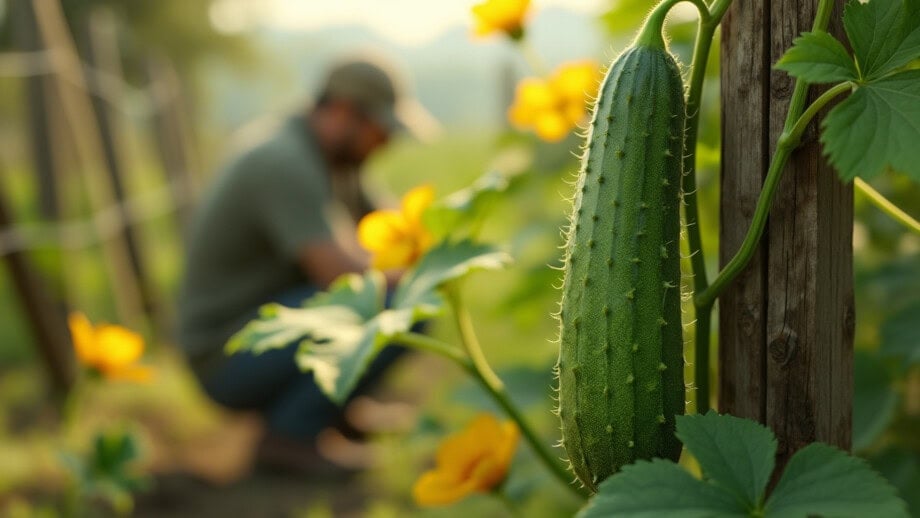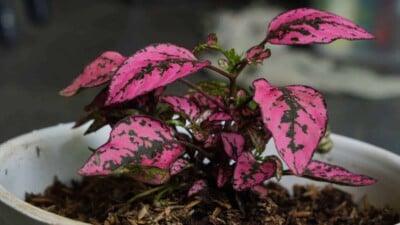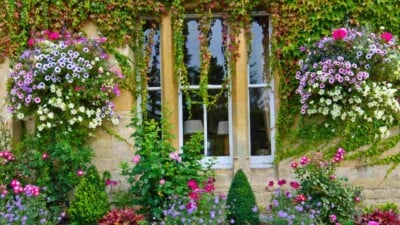Planning & Design
Despite the gardener’s best intentions, Nature will improvise. – Michael P. Garafalo


#1 Tomato Box
Available Here
Earth Box
A grow-anywhere planting kit that includes strong casters so it can be easily moved.
Learn moreOkay, so you want to start an organic garden. While it’s tempting to rush out and start digging and planting, it’s a good idea to take some time and begin planning your attack. Here are some garden design guidelines to keep in mind that will ensure your first attempt is a huge success.
Plant for your needs. This is important. If you have a very small backyard but plant a banyan tree, you soon won’t have a backyard, just tree. Or if you have small children or pets, flowers like lupine or sweet peas are beautiful but poisonous. Use common sense.
Choose plants that will thrive in your area. It’s always easier to work with plants that like the climate that you’ve got, rather than running around all day, watering, fertilizing and weeding to keep them happy. A little research will go a long way. Find out what other local gardeners are doing or talk with your local Cooperative Extension Service.
Build the soil before you plant. Raking a couple bags of manure or compost into a seedbed before there is anything planted is relatively easy. Trying to transform the soil around already established plants is a Herculean task. Also, I should mention that one of the most basic rules of organic gardening is taking good care of your soil. Your garden will be healthier and have fewer problems with insects, diseases and weeds.
Know how much light your future garden will get. You may have some great vegetables planted out there, but no amount of praying to the gardening gods will get them to grow if they don’t have enough light. Ask yourself a few basic questions: How is the light distributed? Are their shady spots? What about sun rich areas? Matching up the right plant, to how much light an area of your garden receives, can prevent big problems down the road.
Plant Lighting RequirementsIf you’re mystified by plant and seed labels, here’s how to figure out what they mean when they talk about light requirements:
|
From a functional standpoint, there are many ways to design a garden so that it is easier to grow and maintain. For many time-pressed gardeners, perennials, which come up year after year on their own, can be a great solution versus annuals that have to planted each year. Also, consider growing herbs that not only smell great and require minimal care but will also help spice up your cooking. Most are perennials, as are chives and scallions.
Backyard Beauty and Aesthetics
Some people go nuts over this one. Before anything else is said, it should be noted that you can do as little or as much as you want. After all, it’s your garden. If you want to organize everything alphabetically into neat little squares with perfectly straight pathways… well, have at it!
When it comes to aesthetics, some points to consider are variety and balance. Vary heights, colors, densities, sizes and shapes. There are even sensory gardens designed with the purpose of stimulating one’s senses of sight, smell, touch, taste and sound.

COMMERCIAL GRADE
Fabric Raised Beds
A framed fabric planter (BPA-free) that ensures healthy roots and superior plants.
$44.95Learn moreJust add your favorite soil! The Hydrofarm® Dirt Pot Box is a framed fabric raised bed that provides superior drainage and aeration for roots, ensuring a healthy, massive harvest. Built stronger than similar products, with a sturdy PVC frame that supports the entire planter.
Height. Use raised beds or pedestals. Shaped containers can also help, as do vines, which can crawl up walls, fences or other vertical structures. Climbing flowers, such as morning glories or sweet peas, as well as tall flowers such as hollyhocks or sunflowers, not only will add height, but can hide ugly chain link fences. Planting trees and bushes in the middle of flower beds varies height and makes your garden more visually attractive. Just be sure to consider how tall your trees will grow in say 20 years as well as where their roots will spread and where there shade will fall.
Color. Amazed by the colors you see in those formal gardens in Europe, but don’t have the foggiest idea of what color scheme to use in your garden? Use a color wheel to find similar colors that will go well together or look for opposites that will provide contrast.
Plants with “cool” colored blooms such as blue, green and lavender can go in shady spots because direct sunlight will tend to wash out their color.
You can also create a monochromatic garden. Chose one color — orange, purple, red — and choose plants and flowers with different shades of the same color. Monochromatic gardens are known for looking harmonious.
If you want to add color to your lawn, consider adding a flower element to it. Just scatter crocuses throughout the lawn. It will add early color to your landscape in the spring. Start in the fall, by digging up small plugs of grass and replacing them with a crocus bulb. The crocus will bloom, die and then will be replaced by grass later on in the season.
Texture. Ornamental grasses add color and texture and they last longer than most plants. So, even when the rest of your garden has turned brown and dormant, your grasses will still be green.
Finally, plant something new every year. You may get some pleasant surprises and you’ll learn from cultivating something that you haven’t grown before. Remember that you want some contrast, but an overall harmony.

Where to put what?
There are several strategies you can use to decide where to plant what. You may want to cluster plants with similar needs — amount of water, nutrients, sunlight — together to make it easier to care for them.
You can also practice “companion planting” where you place plants together which can work with each other to keep your garden flourishing. For example, one plant can replenish the soil with nutrients that another plant uses from the soil. Sometimes combining different plants together can help attract beneficial insects.
If a particular plant specimen needs more warmth than your climate can provide, give it shelter by planting it next to a south-facing wall. The wall collects warmth from the sun by day and will release it at night.
What else to include?
If you have shaded areas, consider using native ferns for ground cover since they don’t require a lot of sun and, in fact, prefer the shade.
Perfumed flowers also make a great addition to any garden and give it “smell appeal.” Consider planning citrus, gardenia or plumeria.
If you live where the winds blow hard and often, consider including evergreens and tall deciduous trees. They tend to be fast growing and can block prevailing winds. It’s what the pioneers did when homesteading in the plains and it will work for you as well. One tip for lazy gardeners: don’t plant trees that shed leaves, fruit or nuts near the driveway or you will spend the summer months picking up after them.

FREE 2-DAY SHIPPING!
Ladybugs
This native ladybug species is the best known garden predator available.
Learn moreShipped by Planet Natural, live ladybugs are the best known garden predators available. Both the adult and their dark gray and orange marked larvae feed on aphids (40-50 per day) and a wide variety of other soft-bodied pests, mites and insect eggs.
Also, don’t neglect plants that attract beneficial insects. They can help your garden grow by attracting “good bugs” that will fight garden pests. Such plants include: baby blue eyes, candytuft, evening primrose and sweet alyssum. Our Beneficial Insect Seed Mix will attract both wild and introduced beneficial insects to your garden. Use as a border or plant between rows.
Even if you don’t have a lot of space, you can enjoy vegetables that grow on vines. Just get creative in your choices. Anything from squash to melons to cucumbers can be trained to grow on a trellis. Just give them the support they need and they’ll take care of the rest (see Grow Vertical Vegetables).
Also, remember that a garden is more than greenery. You may want to add stone slabs, brick pavers, small gravel or a wooden deck. Adding “flooring” to your garden will make it more attractive and will help with movement and maintenance. In addition, add boundary “lines” with fences, stone walls and hedges to keep your garden orderly.
Tip: When building boundaries, don’t use railroad ties or pressure treated wood around your vegetables. The chemicals used to preserve the wood are toxic and certainly shouldn’t be used where they can leach into the soil and be absorbed by your plants.
Keep in mind that it’s your garden. So unless you’re entering a competition, if your plan makes you happy it’s achieved its goal.













